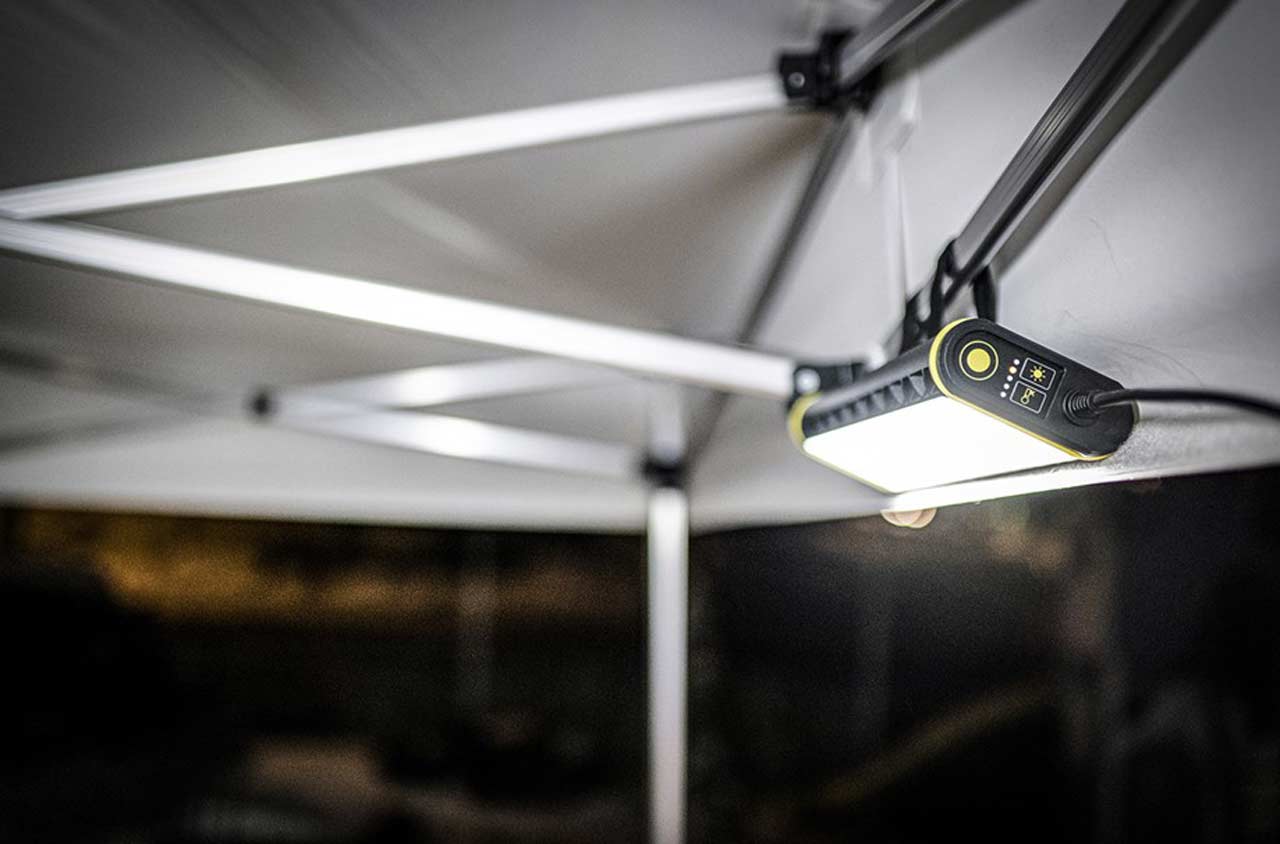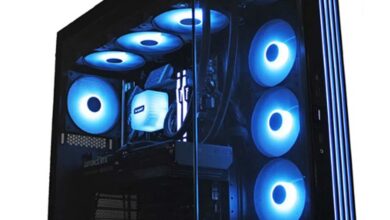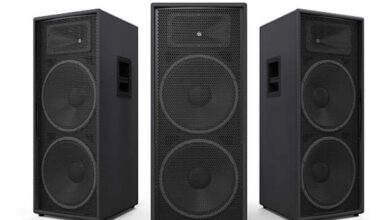 Disaster preparedness is a critical aspect of safety planning, and one key element that often gets overlooked is emergency lighting. Whether it is a natural disaster, a fire, or a sudden power outage, having the right electrical instruments in place can make all the difference.
Disaster preparedness is a critical aspect of safety planning, and one key element that often gets overlooked is emergency lighting. Whether it is a natural disaster, a fire, or a sudden power outage, having the right electrical instruments in place can make all the difference.
In high-risk situations, visibility is crucial for evacuation, emergency response, and preventing panic. When traditional power sources fail, properly deployed emergency lighting solutions ensure that escape routes remain illuminated, minimising risks and enhancing safety.
Enhancing Safety Through Reliable Illumination
Emergency lighting plays a crucial role in maintaining visibility when standard electrical systems fail. During disasters, poor lighting can lead to accidents, injuries, and chaos. Employing high-quality emergency lighting systems ensures that designated exit paths, stairwells, and assembly areas remain adequately lit.
- Guiding Evacuations Efficiently: Emergency pathways must remain visible to allow a safe and swift evacuation. Properly positioned lighting equipment reduces confusion, ensuring that individuals can exit the premises without difficulty.
- Minimising Risks of Injury: Without illumination, people may trip, fall, or collide with obstacles. Well-placed emergency lighting solutions mitigate these risks, particularly in large buildings where multiple exits exist.
- Supporting First Responders: Emergency teams rely on efficient lighting to conduct search and rescue operations, assess damage, and deliver medical aid. Deploying reliable electrical devices enhances operational efficiency during crisis management.
Types of Emergency Lighting and Their Applications
Understanding the various types of emergency lighting equipment is crucial for ensuring comprehensive disaster preparedness. Different environments require specific lighting solutions to optimise safety and functionality.
1. Escape Route Lighting
This type of lighting ensures that designated exit routes remain visible. It includes illuminated exit signs, pathway markers, and strategically placed fixtures along corridors and stairwells. These systems help guide occupants towards safety even in complete darkness.
2. Standby Lighting
Unlike conventional emergency lighting setups, standby lighting is designed to provide an alternative power source for essential operations. In commercial settings, this ensures that critical equipment, such as medical devices and security systems, continues functioning despite power interruptions.
3. High-risk Task Area Lighting
In industrial and hazardous environments, specialised emergency lighting is deployed to protect workers handling sensitive equipment. These systems help maintain operational continuity while ensuring that high-risk tasks are performed safely, even during power disruptions.
4. Open Area Lighting (Anti-panic Lighting)
Open area lighting is intended to reduce panic and provide general illumination in large spaces such as auditoriums, lobbies, and warehouses. These lighting devices prevent stampedes and enable safe movement towards exits.
Regulatory Compliance and Installation Best Practices
Governments and regulatory bodies mandate the installation of emergency lighting systems to enhance disaster preparedness. Compliance with safety standards ensures that businesses and institutions adhere to stringent guidelines regarding installation, maintenance, and functionality.
- Periodic Testing and Maintenance: Regular inspections must be conducted to verify the operational efficiency of emergency lighting. Battery backups, electrical connections, and bulbs should be checked to ensure reliability.
- Integration with Smart Systems: Modern emergency lighting devices can be incorporated into intelligent building management systems for automated testing and performance monitoring.
- Adherence to Building Codes: Deploying lighting solutions that meet national and international safety standards guarantees optimum performance and legal compliance.
Strategic Implementation for Maximum Efficiency
A well-planned emergency lighting deployment involves strategic positioning, load calculations, and consideration of the specific needs of the facility. Businesses and institutions should conduct risk assessments to determine high-priority areas that require uninterrupted illumination.
- Identifying Critical Areas: Entry points, corridors, staircases, and hazardous zones should be prioritised for emergency lighting installations.
- Employing Energy-efficient Solutions: LED-based lighting equipment offers longer operational hours, reduced power consumption, and improved sustainability.
- Ensuring Battery Backup Reliability: High-quality battery packs are essential to maintain functionality during prolonged outages.
Strengthening Safety Measures with Trusted Partnerships
Investing in high-quality emergency lighting systems is essential, but ensuring their reliability requires working with industry experts. Partnering with reputable electrical brands guarantees access to cutting-edge solutions, compliance with safety regulations, and long-term durability. Reliable brands provide superior technology, efficient maintenance support, and advanced energy-efficient systems that contribute to a seamless disaster preparedness plan.






